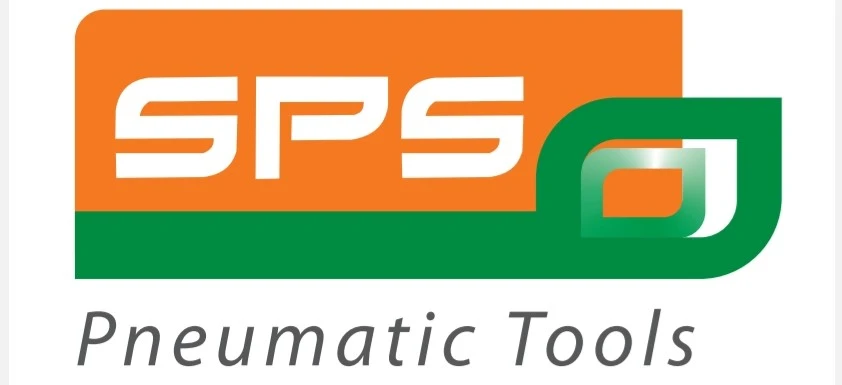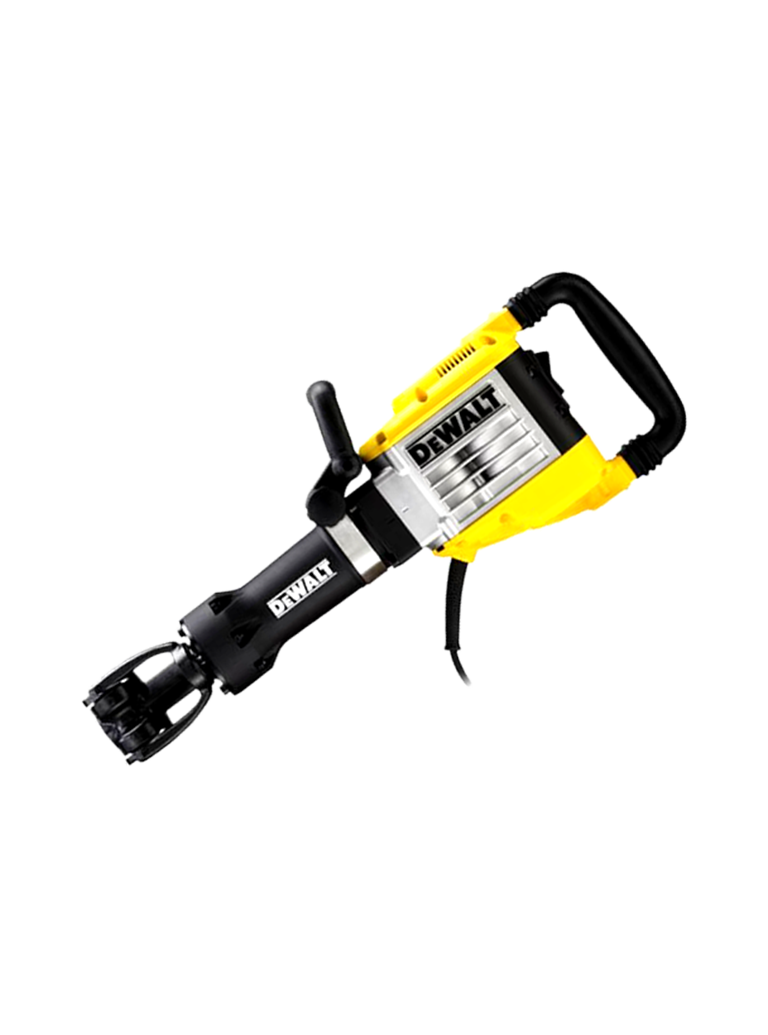Introduction
Choosing appropriate tools for your workshop or industrial premises significantly impacts productivity, safety, and long-term costs. While electric tools are common, pneumatic tools powered by compressed air offer distinct advantages that make them the preferred choice for professionals. This blog analyzes the benefits of pneumatic tools over electric tools and showcases how SPS Pneumatic Tools can maximize your efficiency.
For expert pneumatic solutions, visit SPS Pneumatic Tools.
What Are Pneumatic Tools?
Pneumatic tools (air tools) use compressed air from an air compressor rather than electric motors. Common examples include impact wrenches, grinders, sanders, and nail guns. Without heavy motors or batteries, they offer superior portability and efficiency for demanding jobs.
Key Benefits of Pneumatic Tools Over Electric Tools
1. Lightweight and Ergonomic Design
Pneumatic tools are significantly lighter than electric tools, reducing operator fatigue during extended use. Their compact design allows better maneuverability in tight spaces and overhead work.
2. Superior Power-to-Weight Ratio
Delivering greater torque and RPM, pneumatic tools handle tough jobs with less physical effort while boosting productivity.
3. Durability and Longevity
With fewer moving parts and no electrical components, pneumatic tools withstand harsh conditions (dust, moisture, heavy use) and require less frequent maintenance, reducing downtime.
4. Enhanced Safety
- No sparks or heat - safe for flammable environments
- Eliminates electric shock risks in wet conditions
- Fewer cords reduce trip hazards on job sites
5. Cost-Effectiveness
While requiring an initial air compressor investment, pneumatic tools have lower long-term operating costs. They're energy-efficient and allow multiple tools to run from one compressor.
6. Continuous Operation
Pneumatic tools won't overheat during prolonged use, unlike electric tools that need cooling breaks or battery changes.
7. Versatility and Portability
Ideal for remote locations without electricity, with portable compressors enabling work anywhere.
Comparative Table: Pneumatic Tools vs. Electric Tools
| Feature/Benefit | Pneumatic Tools | Electric Tools |
|---|---|---|
| Weight | Lightweight, ergonomic | Heavier due to motors/batteries |
| Power-to-Weight Ratio | High torque, high RPM | Lower torque for similar size |
| Durability | Fewer parts, long lifespan | More moving parts, prone to wear |
| Maintenance | Low, simple design | Higher, more complex repairs |
| Safety | No electric shock/fire risk | Risk of shock, fire in wet areas |
| Cost-Effectiveness | Lower long-term costs | Higher operating/maintenance costs |
| Continuous Operation | No overheating, runs non-stop | May overheat, needs cooling/battery |
| Versatility | Works in hazardous/remote environments | Needs electricity, less versatile |
Real-World Applications
- Automotive Repair: Impact wrenches, grinders
- Construction: Nail guns, sanders
- Manufacturing: Assembly lines, drilling
- Mining/Oil & Gas: Safe in explosive environments
- Workshops: Fabrication and maintenance
Why Choose SPS Pneumatic Tools?
- Premium-quality pneumatic tools for industrial and workshop use
- Expert guidance in tool selection for specific applications
- Comprehensive after-sales support and maintenance services
- Custom solutions tailored to unique operational needs
- Proven track record of reliability and performance
Discover their product range at www.spspneumatictools.com
Conclusion
Pneumatic tools outperform electric alternatives in weight, power, durability, safety, and cost-effectiveness. For professionals needing reliable performance in demanding conditions, pneumatic tools from SPS Pneumatic Tools deliver smarter, safer, and more efficient solutions.
For expert advice and premium pneumatic tools, contact SPS Pneumatic Tools today.




